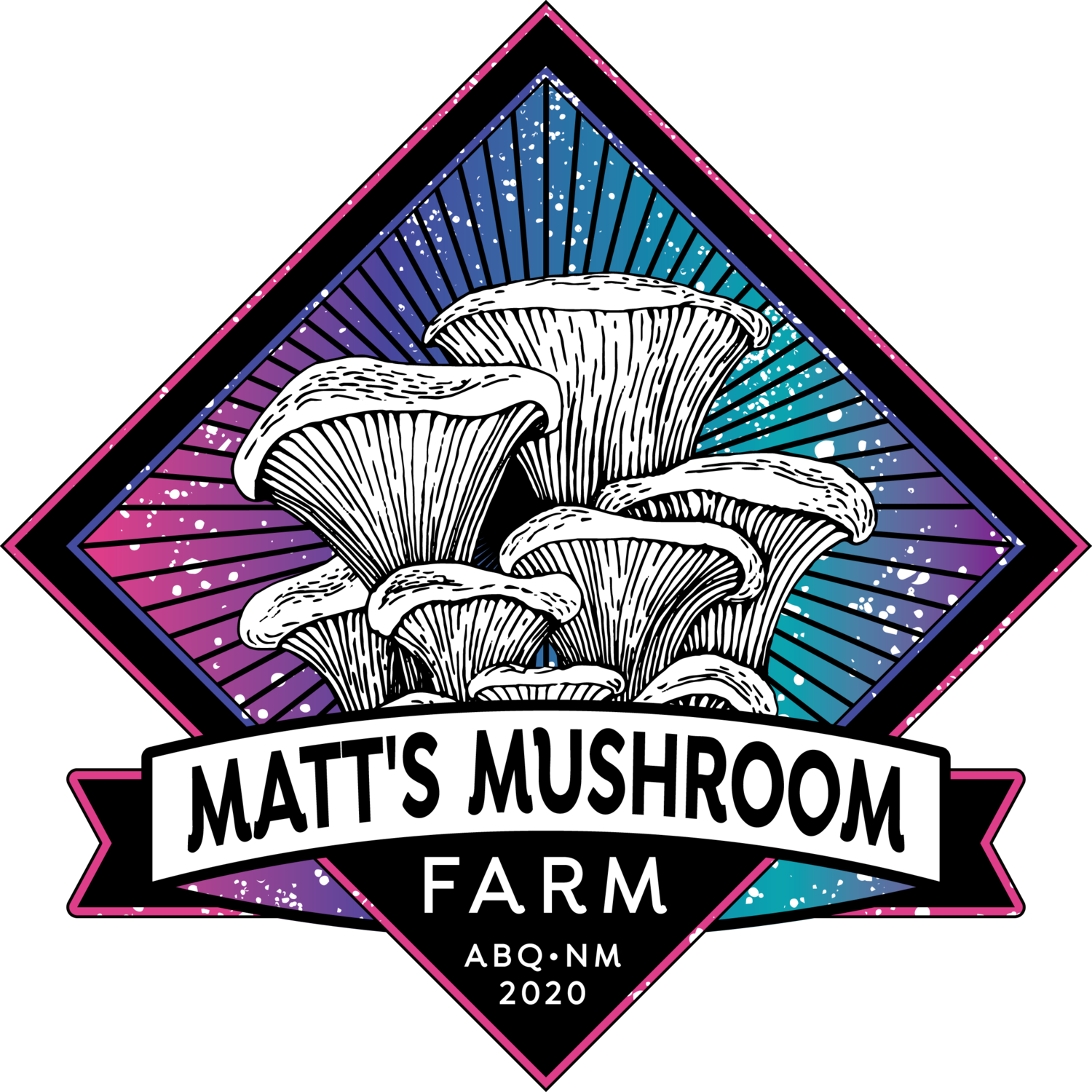The Facts
Fig. 1
Breakdown of mushroom cultivation.
Mushroom farming starts with, predictably, mushrooms. All fungi that are cultivated commercially have the ability to regrow and spread from a single sample of the original mushroom, much like a succulent plant can grow a whole new plant from a single cut leaf. Samples of the mushroom you desire to grow are mixed with a source of cellulose (sawdust, woodchips, paper waste, ect) and a source of nitrogen (coffee grounds, bran, fertilizer, ect). This mix is wetted down to between 50% and 70% water. Over time, the mushroom spreads from the starter sample and gradually takes over the entire mix. Theoretically you could introduce the mushroom to new sources of cellulose and it would continue to grow and spread forever.
60%
Water
30%
Cellulose (sawdust, paper, woodchips, ect.)
5%
Nitrogen (coffee grounds, bran, rice flour, fertilizer, ect.)
Fig. 2
Mushrooms digest cellulose and turn it into ‘fruit’.
Cellulose it the most common organic compound on the planet, and is the compound that makes up the body of plants. When you feel the bark of a tree or the surface of a leaf, cellulose is giving that plant it’s structure. Fungi are one of the only organisms capable of digesting cellulose … without them, every plant that died would just sit on the ground forever and never decay back in to soil.
The part of the mushroom that we eat is called the ‘fruiting body’, and serves the same purpose as an apple does for an apple tree. The fruiting body eventually releases spores, and these spores serve as seeds to spread the mushroom to places it otherwise can’t reach and allow it to breed new genetic combinations.
Fig. 3
Once the cellulose is digested, you’ve got mushroom compost.
Mushroom compost is a valuable additive for farming, gardening, and forestry work.
Recent research conducted at the Pennsylvania State University showed that mushroom compost contains an average of 25 percent organic matter and 58 percent moisture on a wet volume basis. Where uniform application and good mixing with soil is required, this amount of organic matter and moisture in mushroom compost is ideal for handling and making surface applications or incorporating into the soil. Mushroom compost contains an average of 1.12 percent nitrogen in a mostly organic form that slowly is available to plants. Also, mushroom compost contains an average of 0.67 percent phosphate (phosphorous) and 1.24 percent potash (potassium), as well as other plant nutrients such as calcium (2.29 percent) magnesium (0.35 percent) and iron (1.07 percent). The average pH of mushroom compost is 6.6 (6.0 to 7.0 is an ideal range for most plants). The amount of carbon relative to nitrogen is an important indicator of nitrogen availability for plant growth, and an ideal compost should have a ratio of 30:1 or lower. Mushroom compost has an excellent 13:1 ratio, indicating outstanding nutrient availability and mature and stable organic compost.


